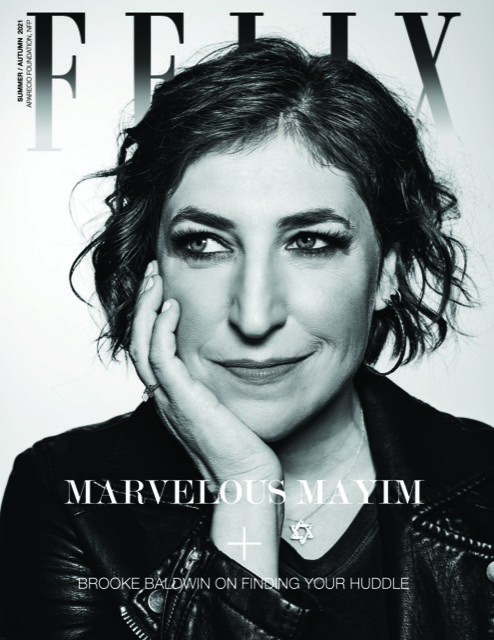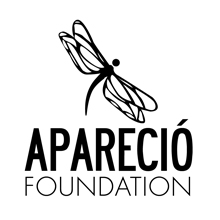Defining History
Defining History
Photographed by Paul Saini. Shot in XOCO River North Chicago.
Defining History
Defining History
Photographed by Paul Saini. Shot in XOCO River North Chicago.
Defining History
Defining History
Photographed by Paul Saini. Shot in XOCO River North Chicago.
Defining History
Defining History
Photographed by Paul Saini. Shot in XOCO River North Chicago.
Defining History
Defining History
Photographed by Paul Saini. Shot in XOCO River North Chicago.
Defining History
Defining History
Photographed by Paul Saini. Shot in XOCO River North Chicago.
Defining History
Defining History
Photographed by Paul Saini. Shot in XOCO River North Chicago.
Defining History
Defining History
Photographed by Paul Saini. Shot in XOCO River North Chicago.
At age seven, Justin Miller, CEO and co-founder of deja Mi, a visionary, location-based, photo and video sharing application, wanted to be a cardiovascular surgeon. “I was fascinated with cars as a kid, and the Ferraris around town always belonged to the cardio surgeons.”
It wasn’t until the mid 90’s “the AOL days”, as Justin referred to them, that he started to get interested in technology. He was astonished and drawn to the idea of chat rooms that allowed people to virtually meet and engage over shared interests. It was some of these early experiences with technology that inspired and propelled Justin towards this innovative concept that launched his career.
Justin Miller is a Graphic Designer that went to the College of Design at NC State University. “I’ve always been fascinated with illustration, painting, sculpting..” It was the versatility of the virtual format used by advertising to sell design that led him to his profession. He told us Graphic Design seemed “to be the perfect career fit.” Little did he know that his contribution would make him a type of cultural engineer.
Deja Mi allows users to take photos or videos of their experiences and share them at a location-specific, cloud album. Users can check out local bars or restaurants based on the pictures and videos others have posted, and the app encourages people with the same experiences to create an album to share photos and videos. The content uploaded ranges from performance venue pictures or videos, to pictures of entrees or cocktails at restaurants to pictures of pets. Miller thinks of himself as somewhat of a foodie, with a passion for Mexican food, so it’s no surprise that deja Mi has been embraced by other restaurant junkies.
The origins behind deja Mi occurred at a concert. “Watching everyone around me taking photos and videos and realizing I would never see any of that media again, because I didn’t know any of the people. It got the wheels turning – figuring out how to build an application that could crowd-source this content, regardless of whether you knew each other.”
The design of the app transpired through collaboration with another one of deja Mi’s co-founders and COO, Andy Heymann. The two Graphic Designers met at the College of Design in ’99. By leveraging components from various other applications and incorporating some new styles to the user engagement, they created a unique experience specific to their mission, and the deja Mi interface was born.
Since launching, Justin has received a wide array of feedback that he has always anticipated and welcomed. He spoke about people stopping him on the street and contacting him to convey their excitement about deja Mi. However, the app is not without criticism. “Obviously you aren’t going to please everyone. We’ve learned that all feedback is relevant in some way, shape or form. And we’re currently revamping the entire app for a big re-launch in November, based 100% on user feedback.”
Presently, there are 11 custom frames, filters, and captions. In 6 months, the leaders behind deja Mi plan to be scaled nationwide and will start implementing ideas they’ve been keeping under wraps. “The biggest drive for me, with deja Mi, is creating an app that could potentially change the way people engage social spaces.”
Currently, deja Mi is free, and claims to be “the best app for exploring and discovering your city and the world around you.” The social aspect of the app is concurrent with the rising needs of mobile device users and stands out as one of the most innovative concepts.
After creating deja Mi, Miller took part in creating WedPics, a private, Instagram-style, photo-sharing app specifically for weddings. It allows wedding guests to take photos with their smart phone and upload them to a central, cloud location for the bride and groom to control. Currently, it’s used in over 40 countries. Like deja Mi, the aspect of sharing a piece of time through media contribution is the central feature. Miller is clearly determined to keep moments of history distilled, in order to bring people together.
The most important difference between deja Mi and every other social media app is the fact that deja Mi is strictly an open-network. There is no incentive to expand followers or claim more friends. The premise is all about sharing experiences.
During an interview at the Smarter Commerce convention in Madrid, Miller mentioned that deja Mi works to broaden experiences, whereas other social apps tend to privatize it. He explained that deja Mi can even be used to find venues or restaurants that users have visited and forgotten the name of and/or location. Both Apple and Android have picked up deja Mi, and Miller plans to continue to build upon the app. Information collected from users is used to mold the app to fit the needs of the users and advances in technology, in tandem, as they present themselves.
Miller is a former Art Director and Account Executive at IBM, who oversaw over $750k annually in clients. Now as a driven and dedicated entrepreneur, Justin Miller still prefers the luxuries that money can’t buy. He lists his two dogs, Stella and Tank, as his most treasured possessions, and he commented that he’s happiest during the early summer when he can be on the beach.
When asked about friends and enemies, Justin Miller described an enemy as “anyone preventing me from achieving my aspirations.”
His key advice to new entrepreneurs is “nothing will happen the way you anticipate – both good and bad. Stay focused. Remember the core idea behind your venture. Take criticism with more than a grain of salt.” And “be persistent.”
Taking advantage of the technology around us and formatting it to fit our needs are the origins of advances in machinery and virtually connecting to one another. Justin Miller, an avid lover of donuts and homemade cookies, with the statement “dogs with under-bites” on his Twitter summary, is a graphic scientist that’s contributed something vast to our culture.













